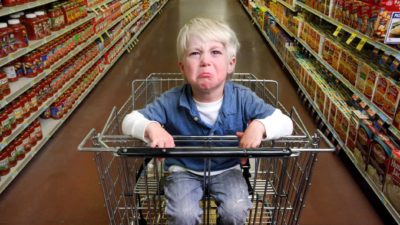Key points
- The Woolworths share price was hit with news of COVID-19-induced costs in December
- The supermarket giant was also plagued by supply chain issues in January as staff were forced to self-isolate
- Some experts are predicting such dilemmas will be a key issue during the February reporting season
It's been a rough couple of months for Woolworths Group Ltd (ASX: WOW) shares. The supermarket giant battled COVID-19's Delta variant before Australia was hit with the current Omicron outbreak.
Each outbreak delivered the company its own challenges, including supply chain and cost disruptions. But that should be over by the time the company reports in February, right?
Here's why it might be worth considering supply chain woes in the company's first-half results.
As of Tuesday's close, the Woolworths share price is $34.57. That was up 0.44% on the day.
What might Woolworths report this earnings season?
COVID-19 has wrought havoc on many ASX shares and Woolworths has been among them.
Early last month, the Omicron variant reportedly saw 35% of the company's distribution centres' staff isolating — either from contact with, or infected by, the virus.
The company put out a statement asking for calm as it worked to restock bare shelves in New South Wales and Queensland.
Now, some fund managers are expecting such supply chain issues to be a major talking point during the February reporting season.
Tribeca Investment Partners portfolio manager Jun Bei Liu was recently quoted by The Australian as saying:
The supply chain disruption is going to be severe. Companies first started talking about this issue 12 months ago, and many of us thought the disruption should be gone by now but on the contrary, it's actually gotten worse because labour shortages are so severe.
The publication also spoke to Cyan Investment Management principal Dean Fergie who said:
Certainly the commentary going forward won't be overly positive in light of rising interest rates and continued uncertainty, and the fact that we're just not seeing that opened-up economy, back-to-normal behaviour yet.
The supermarket giant reinstated product limits in mid-January after COVID-19 anxieties saw customers stripping shelves once more.
Additionally, back in December, the supermarket's stock dropped 7% after it announced it had been hit with increased costs during outbreaks of the virus.
At the time, its CEO stated disruptions to efficiency and end-to-end stock flow had brought significant expenses.
It goes without saying there will be plenty of eyes on the supermarket this month. Woolworths is expected to drop its results for the first half of financial year 2022 on 23 February.









